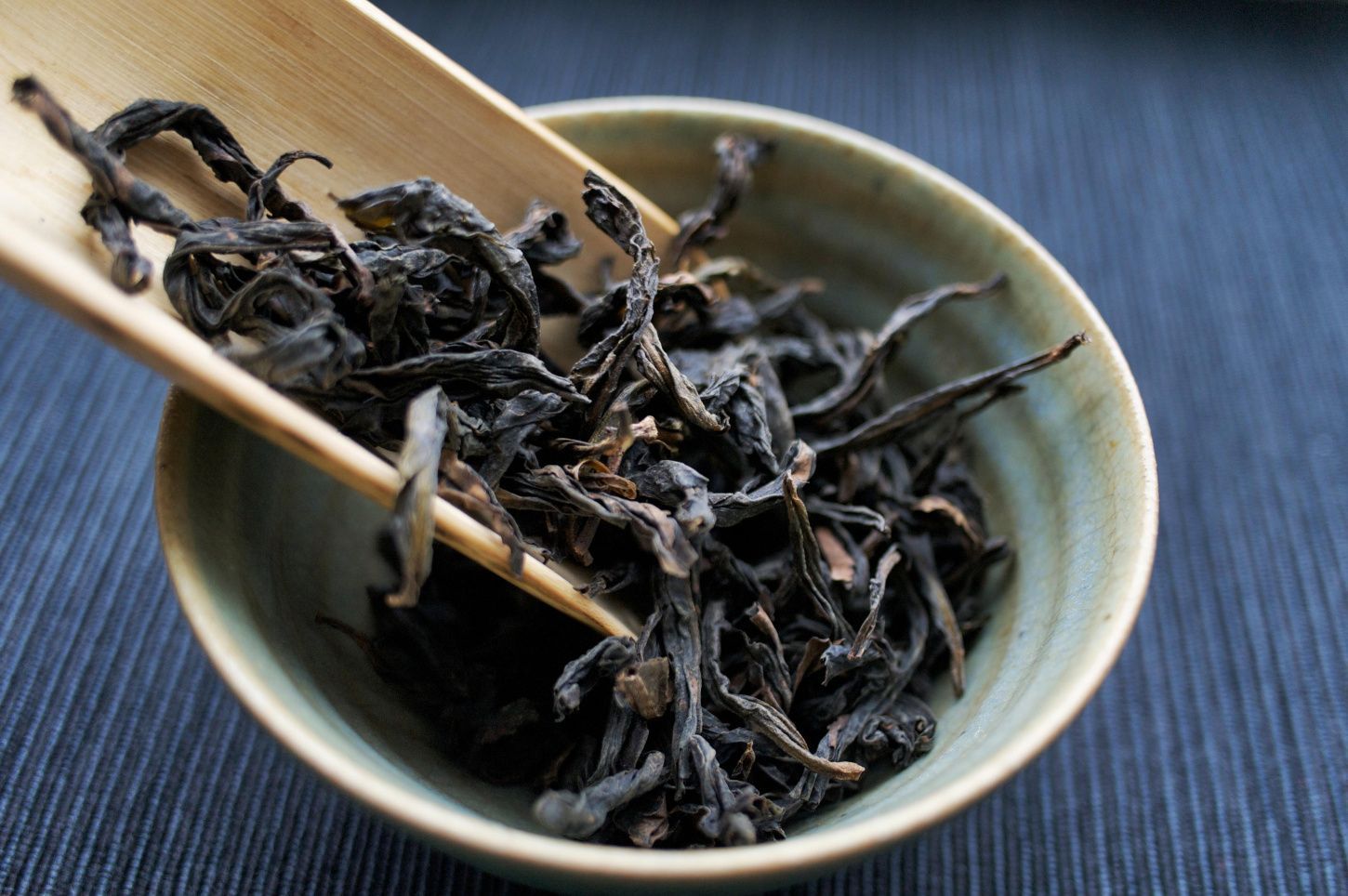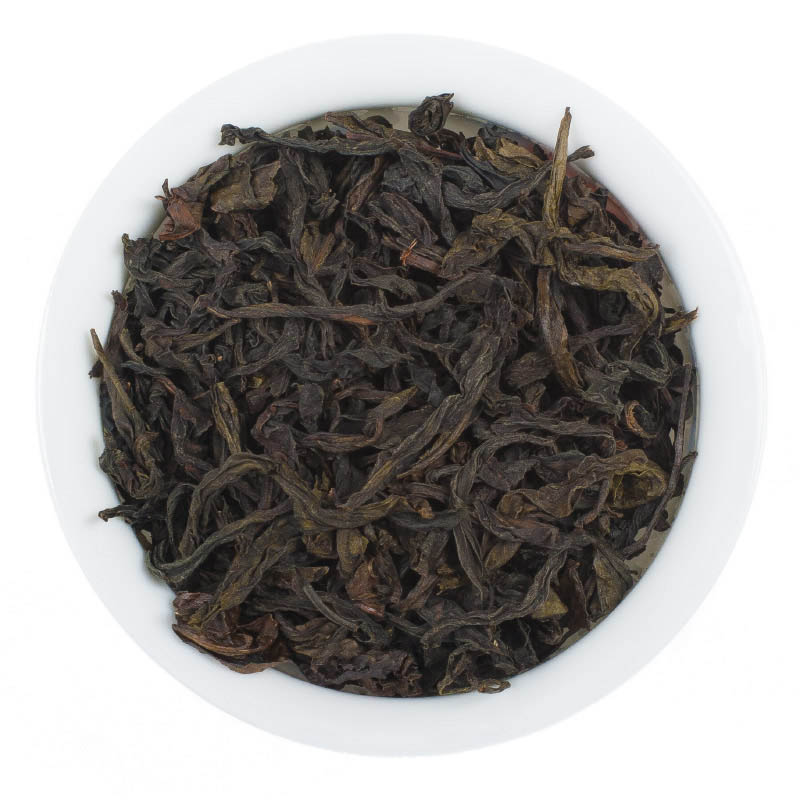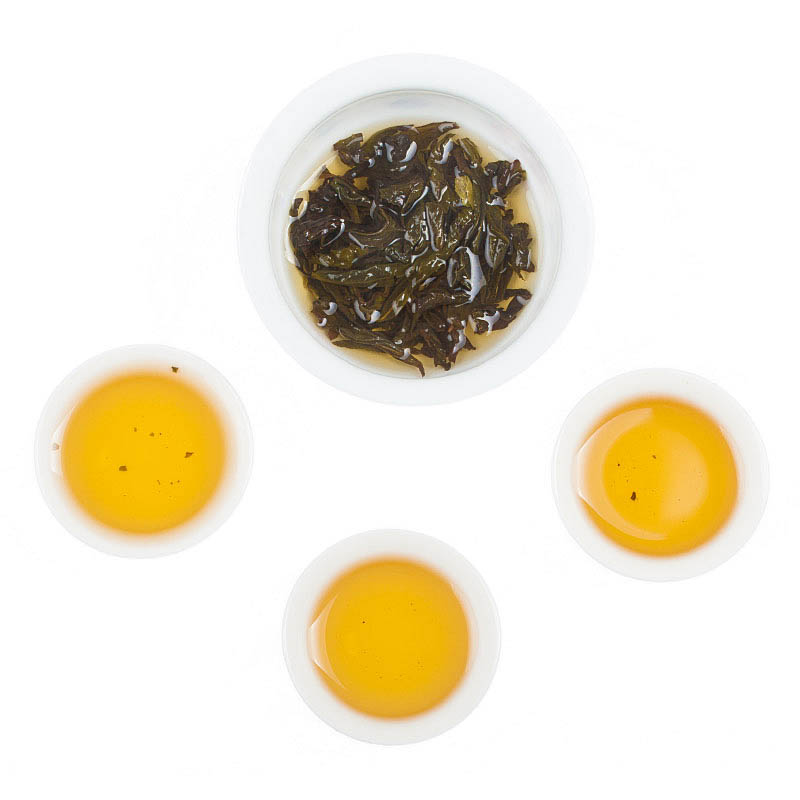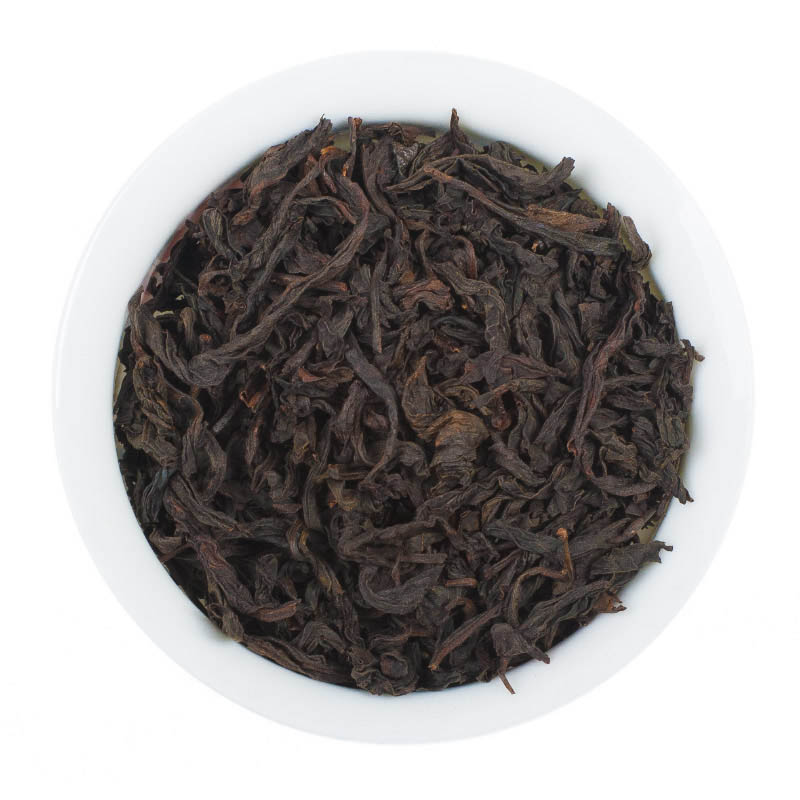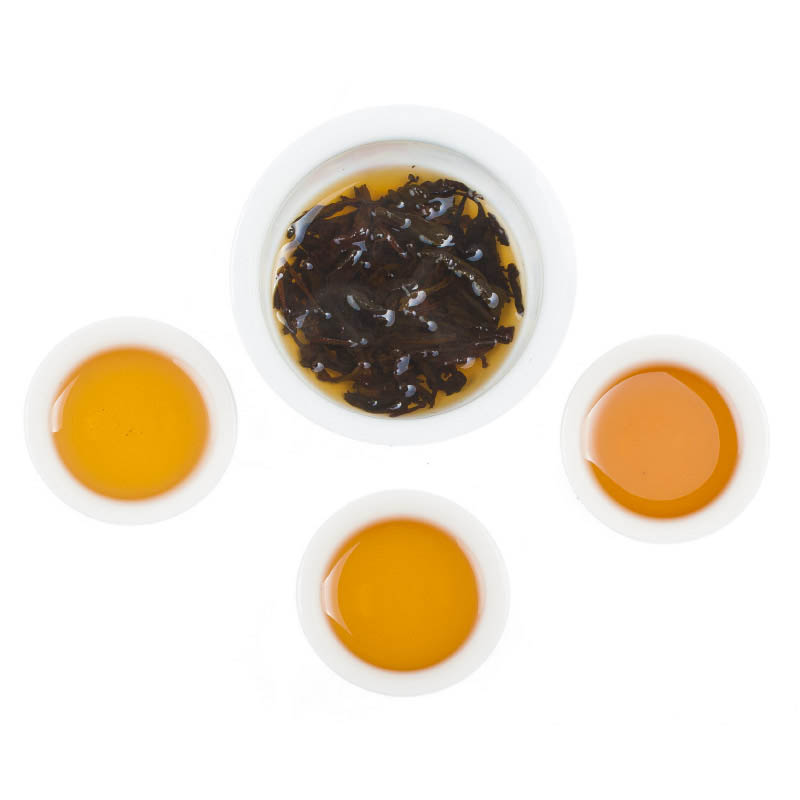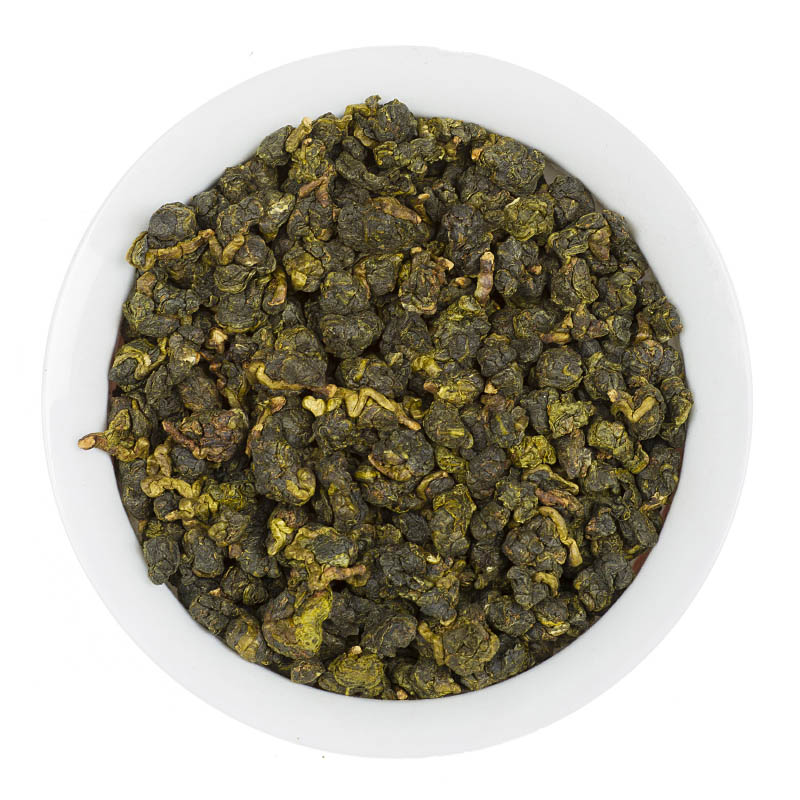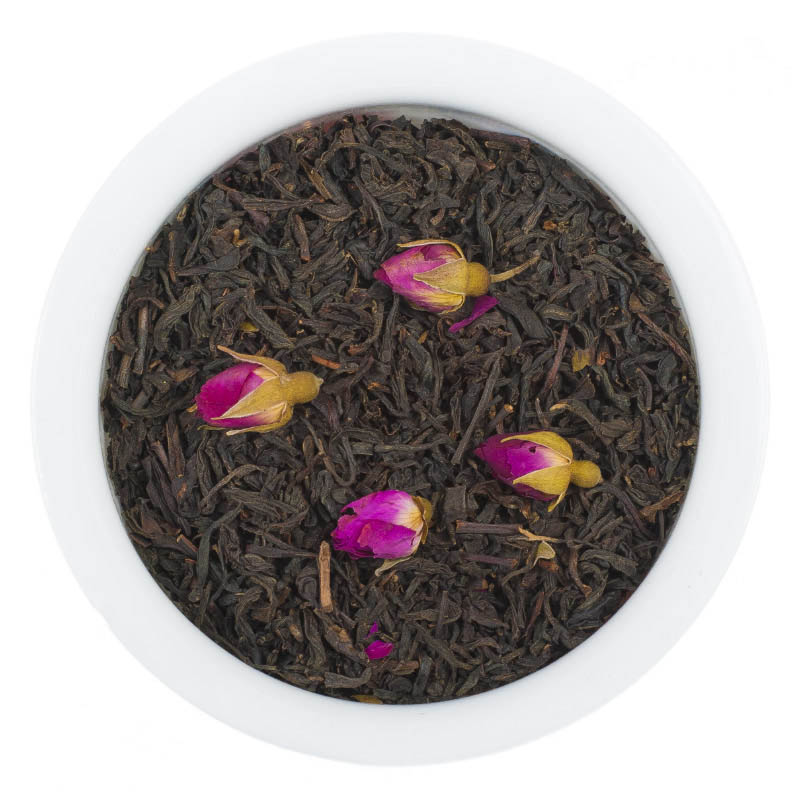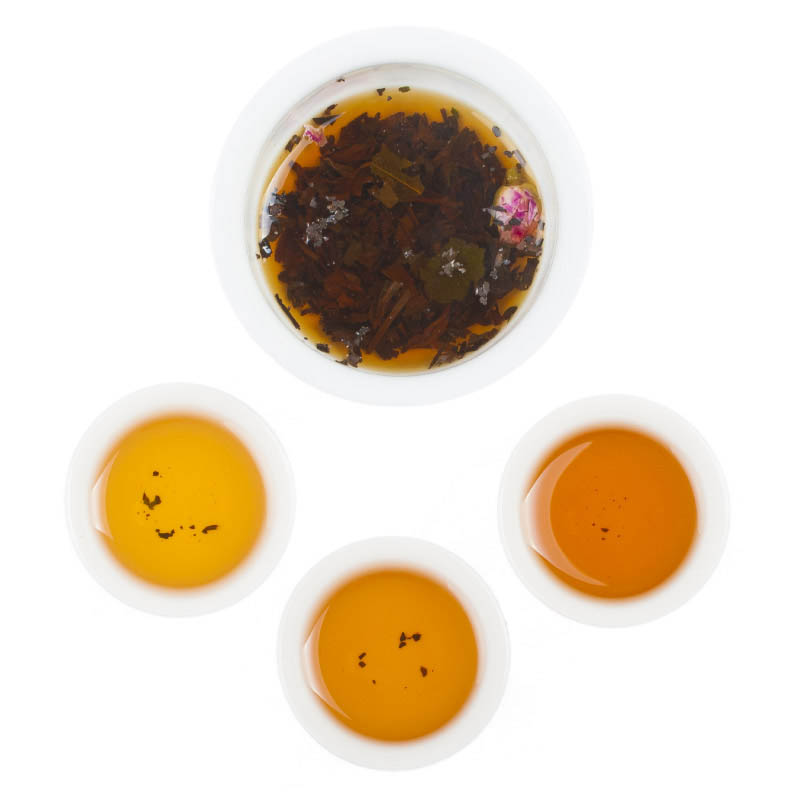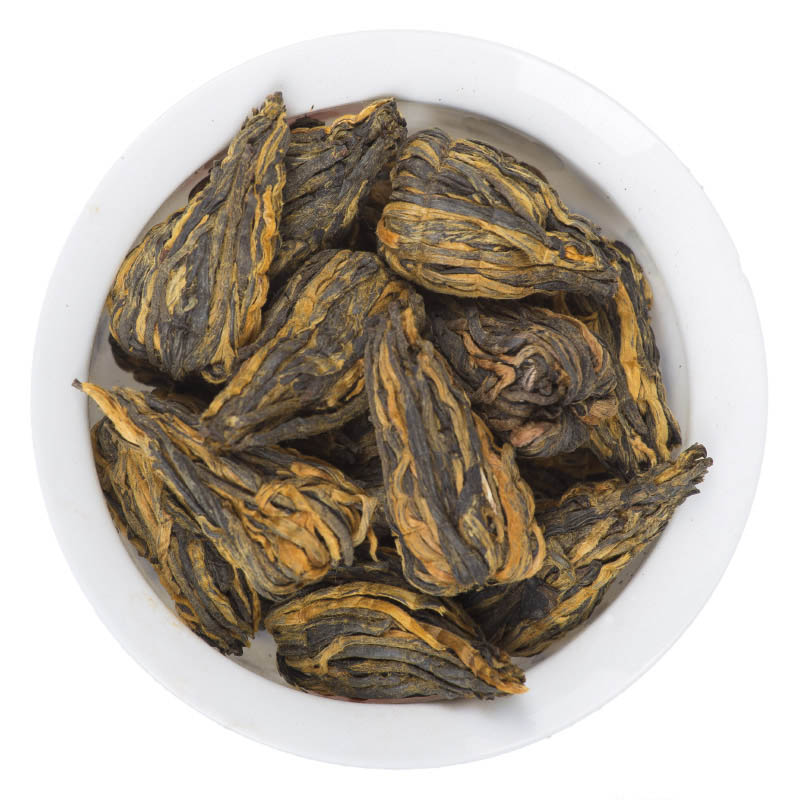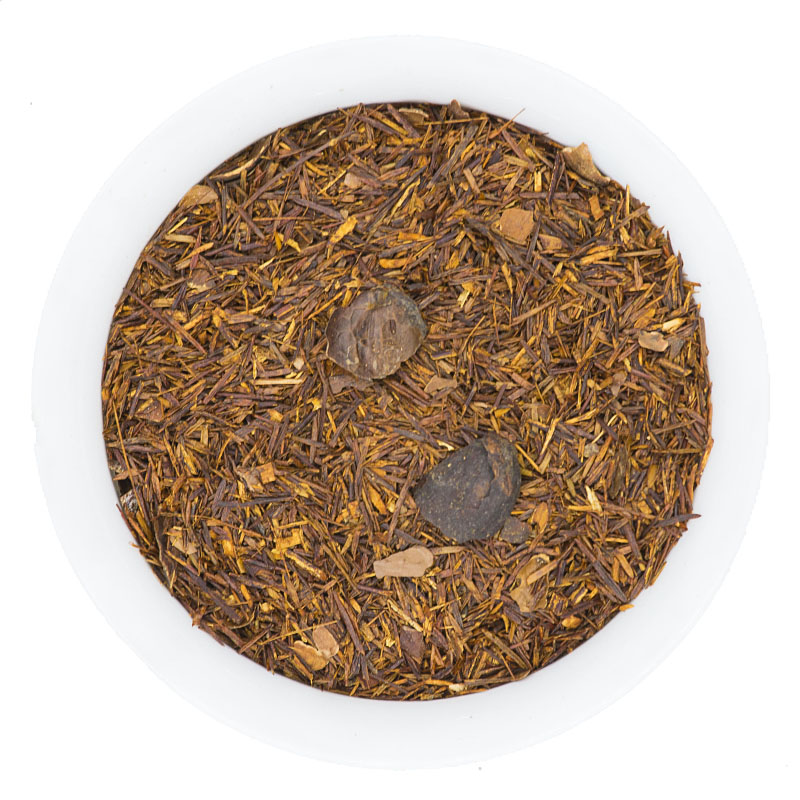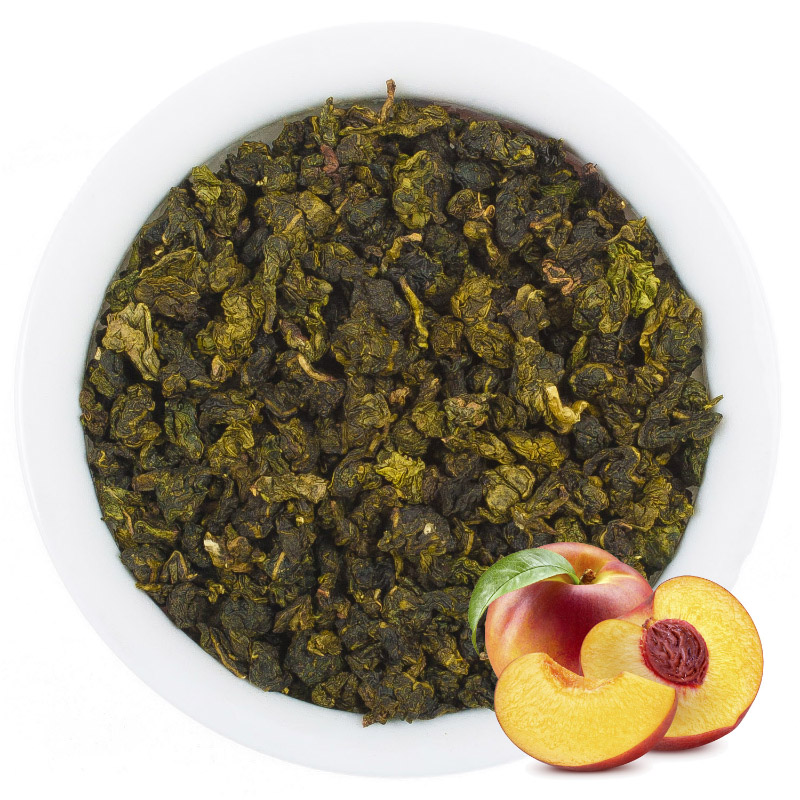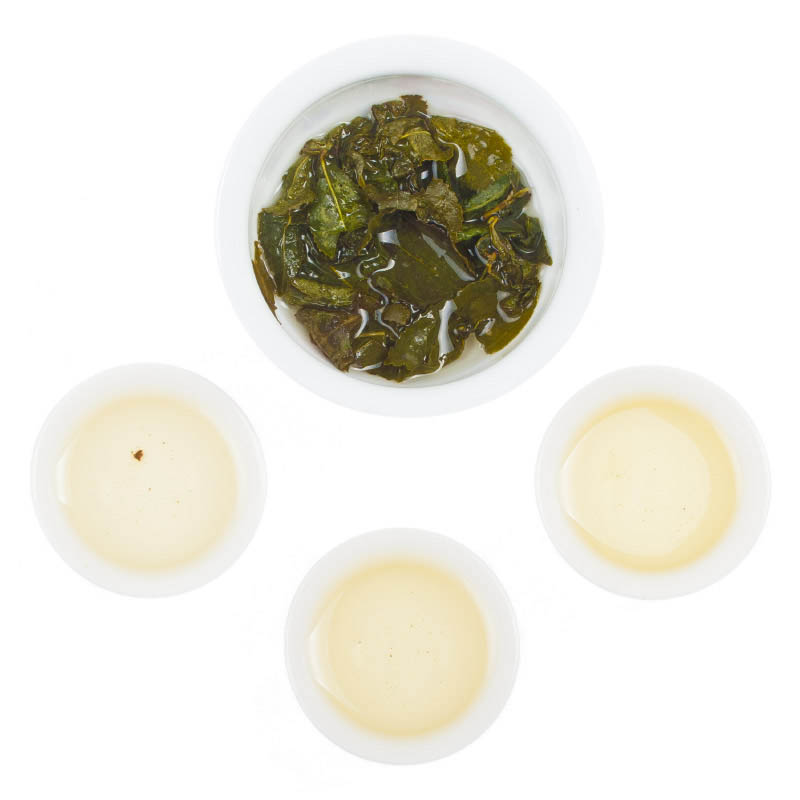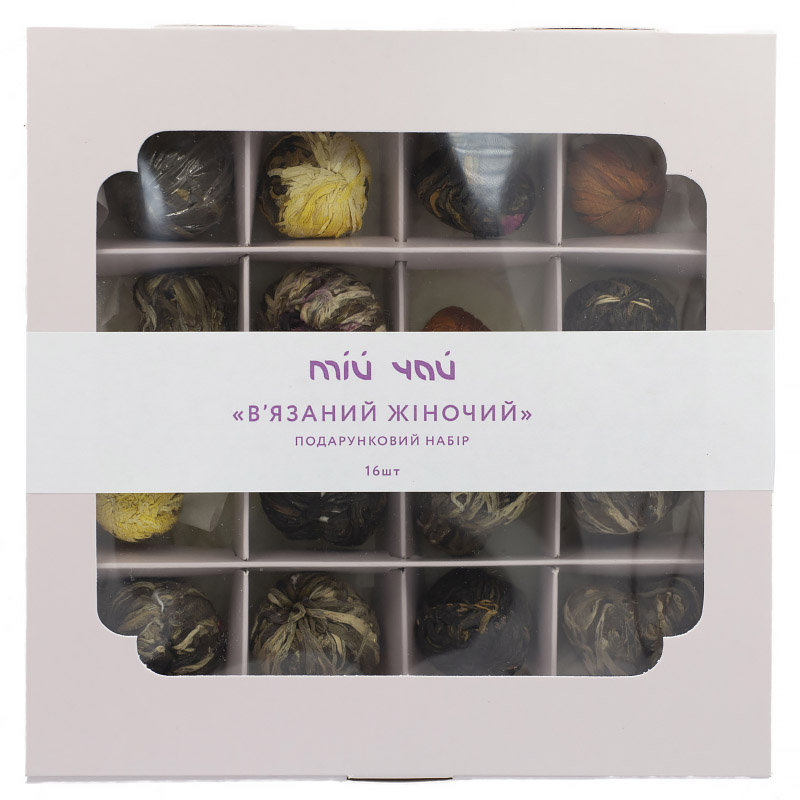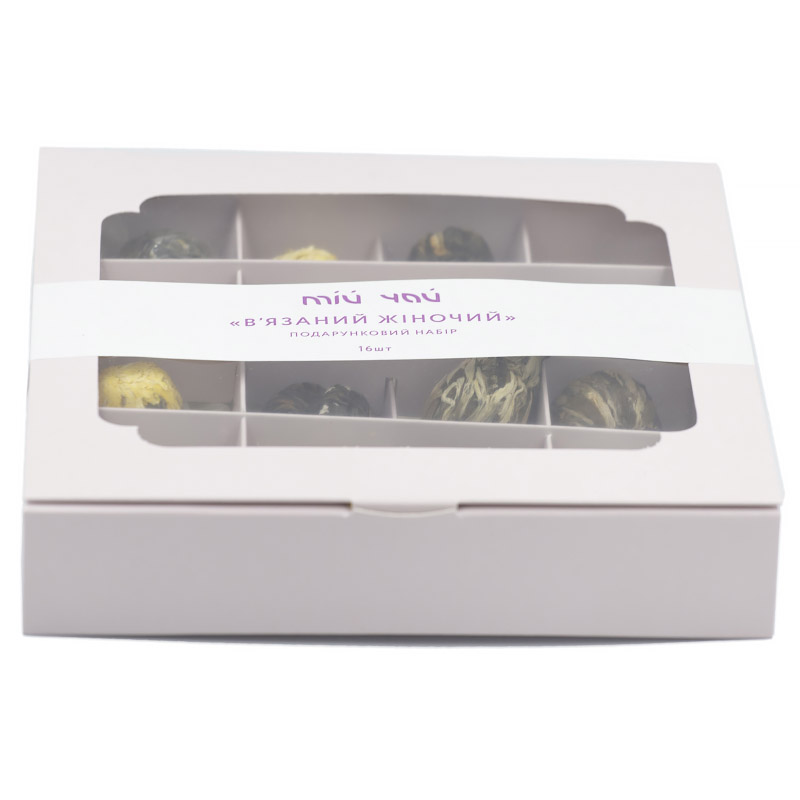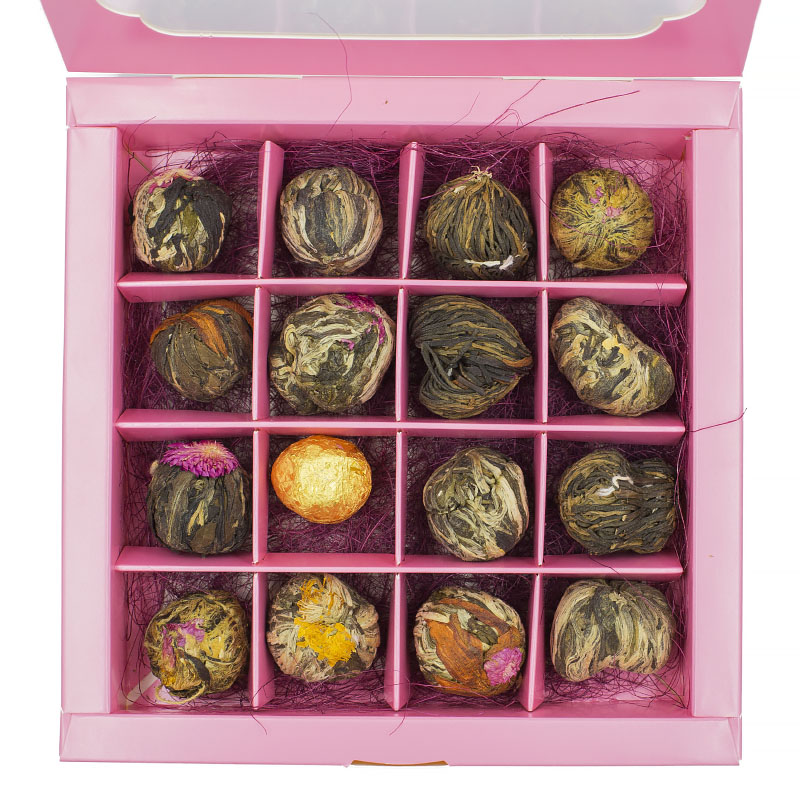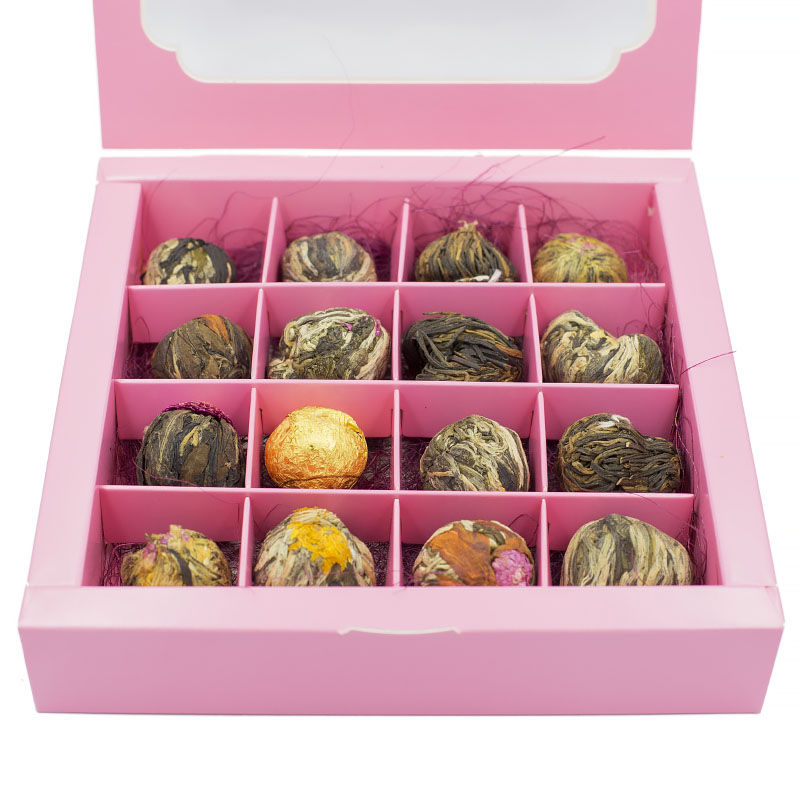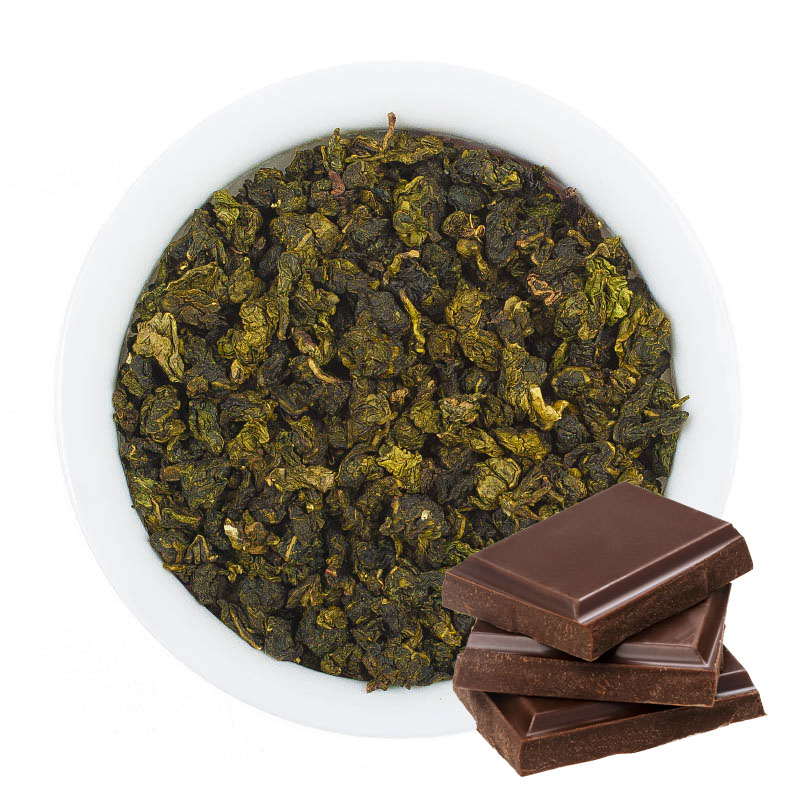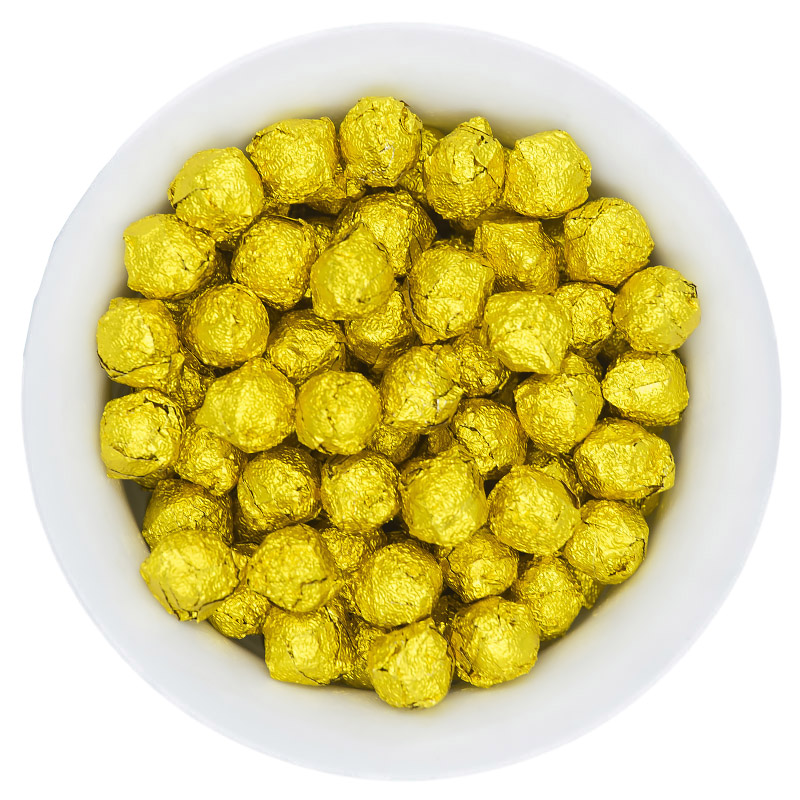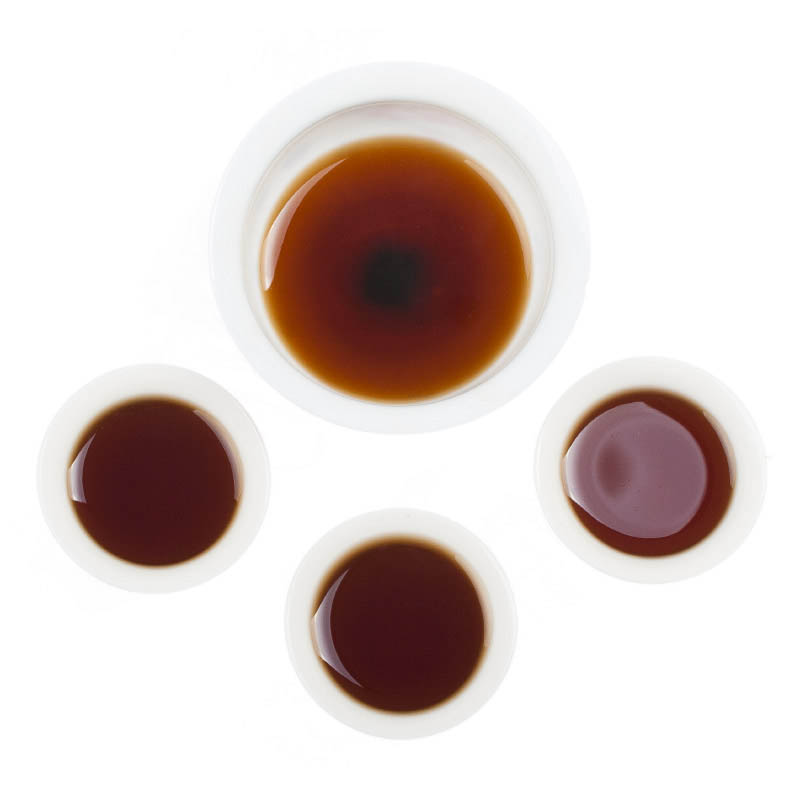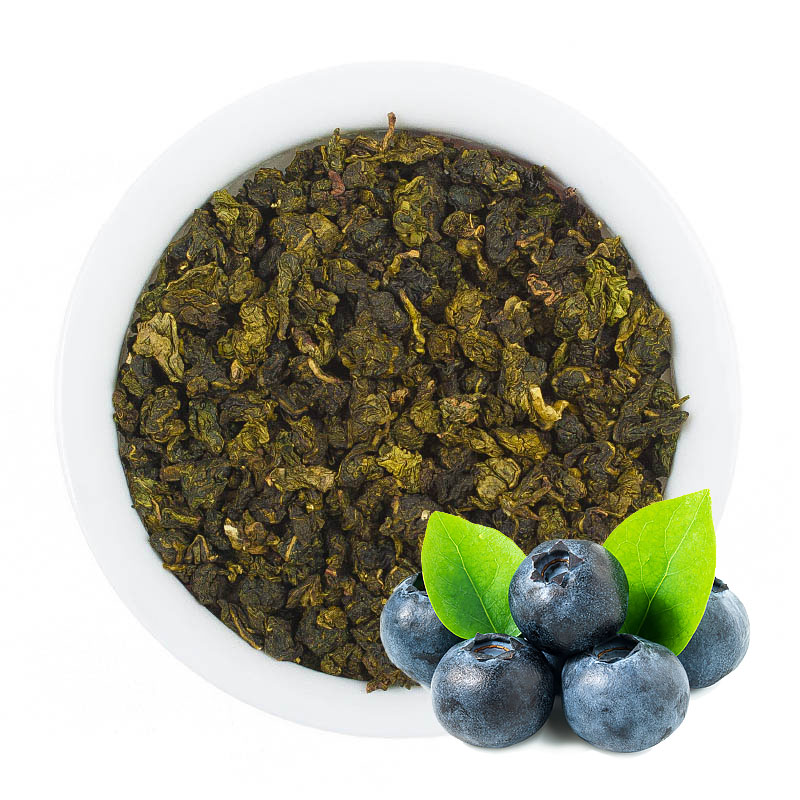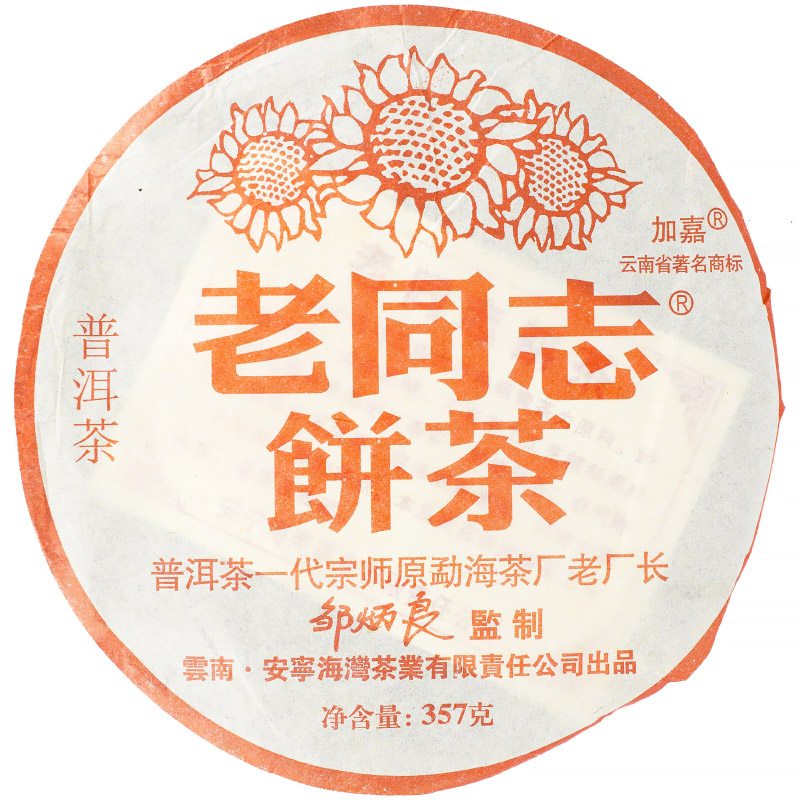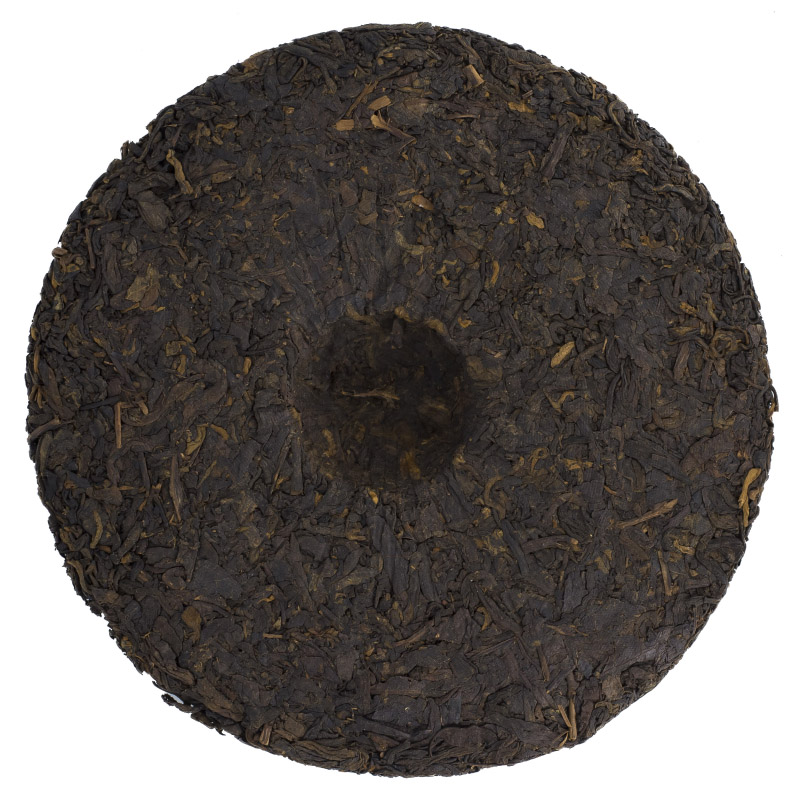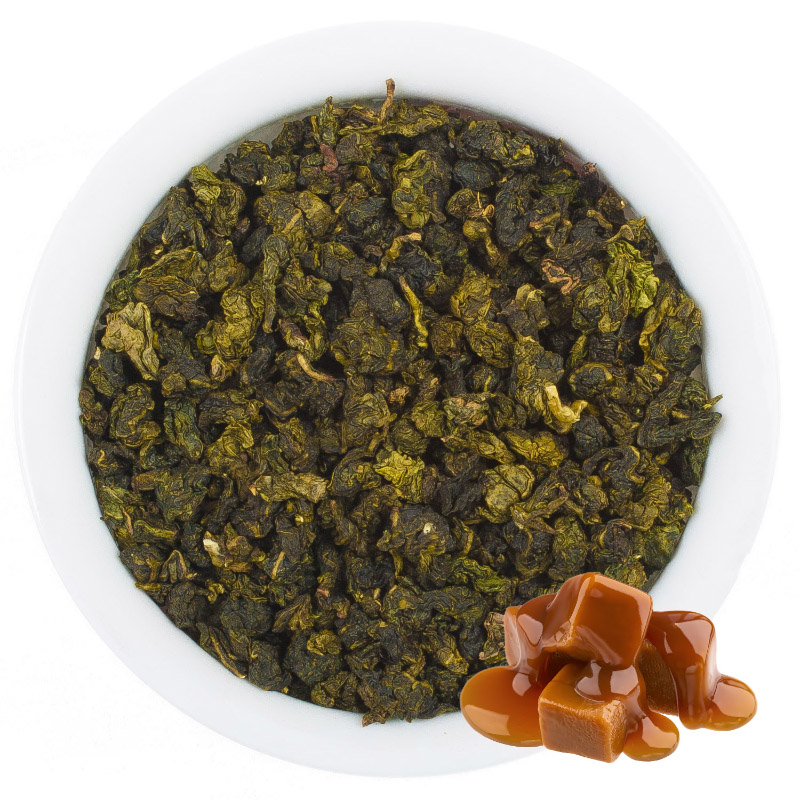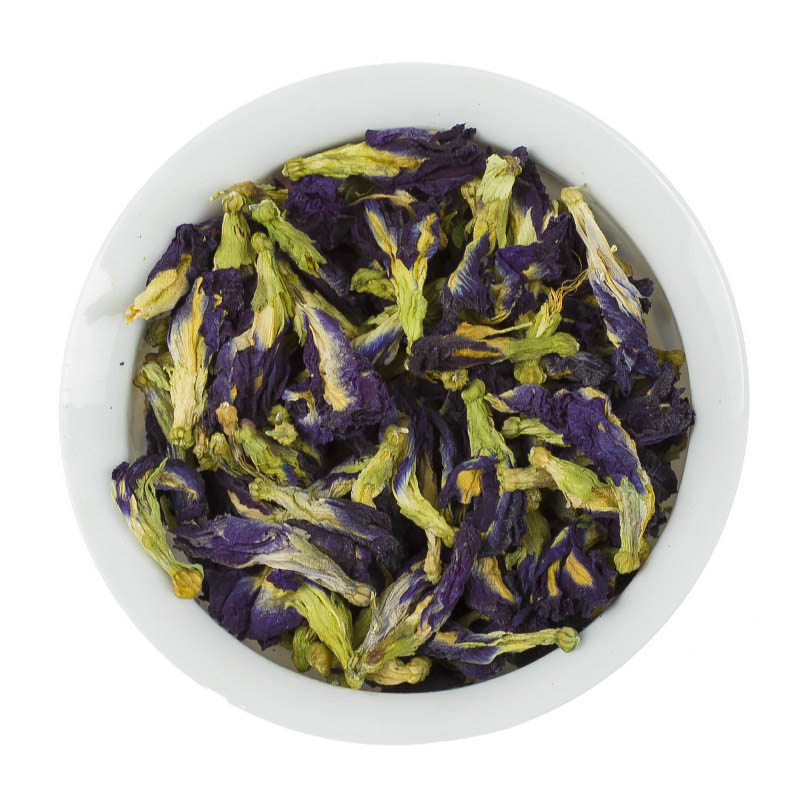Da Hong Pao: The Effect of Vital Energy
Quite a curious scene in a tea salon: a client politely asks for a "big red robe," but imagine the surprise of the uninitiated public when they suddenly learn that **Da Hong Pao** is tea, not clothing!
This **oolong**, bestowed upon the world by an ancient Eastern legend, is considered the most popular dark tea in China. It is loved by politicians, show business stars, students, and seasoned philosophers alike. This semi-fermented oolong has a slight **"tea intoxication" effect**, helping both the soul and body to relax.
The properties of **Da Hong Pao tea** were described as early as 1385 by monks from the Tianxinsong Monastery. According to chronicle records, the drink possessed powerful healing effects and helped in the fight against serious ailments.
Today, this mountain tea, growing on the heights of Wuyi, is considered a tourist symbol of Wuyishan. The beneficial properties of freshly brewed **Da Hong Pao** have been confirmed in:
- **Strengthening immunity**;
- **Removing toxins** from the body;
- **Improving gastrointestinal functions**;
- **Treating hypertension**;
- **Weight loss**;
- **Stabilizing the nervous system**, and more.
A bowl of **Da Hong Pao tea**, drunk on an empty stomach, has a cleansing effect, stimulating bile flow. Regular consumption of the drink has a calming effect on the nervous system.
What is Da Hong Pao: The Art of Feeling and Tasting
**Da Hong Pao** is one of those tea varieties whose taste depends on the geographical location of the bushes, the harvest time, the fermentation specifics, and even the material of the utensils in which it is brewed.
The individual perception of the drink largely influences the taste sensations during tasting: the thoughts with which a person sits down at the table, the time of day, and their state of health.
What color is **Da Hong Pao**: green or black? The palette of the finished infusion depends on the quality of the leaves and their degree of fermentation, thus varying from **golden-crimson to rich amber hues**.
In its taste, some may discover **caramel**, while others may find a note of **tart fruits**. The aftertaste lingers quite long, but often it is precisely in this that the richness and beauty of the main details of this Chinese tea are revealed.
If **Da Hong Pao** is brewed correctly, it will have a noticeable psycho-emotional effect on you. The drink stimulates natural relaxation, seeming to slightly intoxicate, but in reality, it relieves tension. The peace and tranquility granted by a bowl of this incredibly fragrant oolong help a person concentrate on important thoughts.
We tend to fantasize. If you add a little **mint, cinnamon, nutmeg, cardamom, or honey** to the infusion, its taste qualities will change, and you will get an absolutely new, mind-healing drink to set the right mood.
What are the dangers of **Da Hong Pao**? In general, it's about **overuse or exceeding the dose**. One should not view this noble oolong as a means to achieve ecstasy. Moderation is necessary in everything. This applies to the consumption of **Da Hong Pao oolong** as well.
How to Brew Da Hong Pao Properly
In China, they say that a good "red robe" has **three parts redness and seven parts greenness**. The result is a "ten" with a pronounced aroma of fresh orchid.
Well, to achieve such an ideal formula of color and taste, you need to brew it correctly. According to the great Chinese tea philosophy, the proper method of brewing **Da Hong Pao tea** consists of eight steps:
- **Prepare the utensils.** The ritual actions associated with rinsing the gaiwan or teapot and preparing the water help to focus on the task and evoke pious thoughts. These will, in turn, influence the taste of the drink.
- **Add the tea leaves (tips) in stages**: first place larger tea leaves, then smaller ones, then larger ones again. The dry tea should fill about 80% of the vessel in which you will brew it.
- **Bring the purified water to a state of small bubbles**, which corresponds to approximately **80 degrees Celsius** – this is the ideal temperature for brewing high-quality, heavily fermented oolong. As Chinese wisdom states, the teapot with the brew should be placed seven steps away from the water preparation area. By taking these 7 steps, the water will reach the absolutely correct temperature.
- **Pour the water not into the center of the teapot, but from the edge**, so that the aroma of the leaves unfolds slowly and gradually.
- When filling the vessel, **collect the tea foam**. Incidentally, its presence indicates high-quality raw material.
- **Close the teapot with a lid and pour hot water over the top (!)**. This stabilizes the internal and external temperature and accelerates the brewing process.
- **Warm the cups as well**. This is done when the teapot, which was just drenched from above, dries.
- At the final stage – **pouring the tea** – observe the speed, height, and thinness of the stream. The drink is poured evenly into the bowls to the last drop. The end of one pour signifies the beginning of a new one.
With each subsequent re-brewing, we get the "red robe" with a new, incredibly rich taste. This is a tea that makes you want to drink, drink, and drink...
Miy Chay online store wishes you soulful tea sessions and invites you to **buy the most popular varieties of Da Hong Pao** to prepare tea at home, yourself. Our consultant will enlighten you on all matters concerning the tea ceremony and advise you on which accessories to acquire for the perfection of "magic and enchantment."
